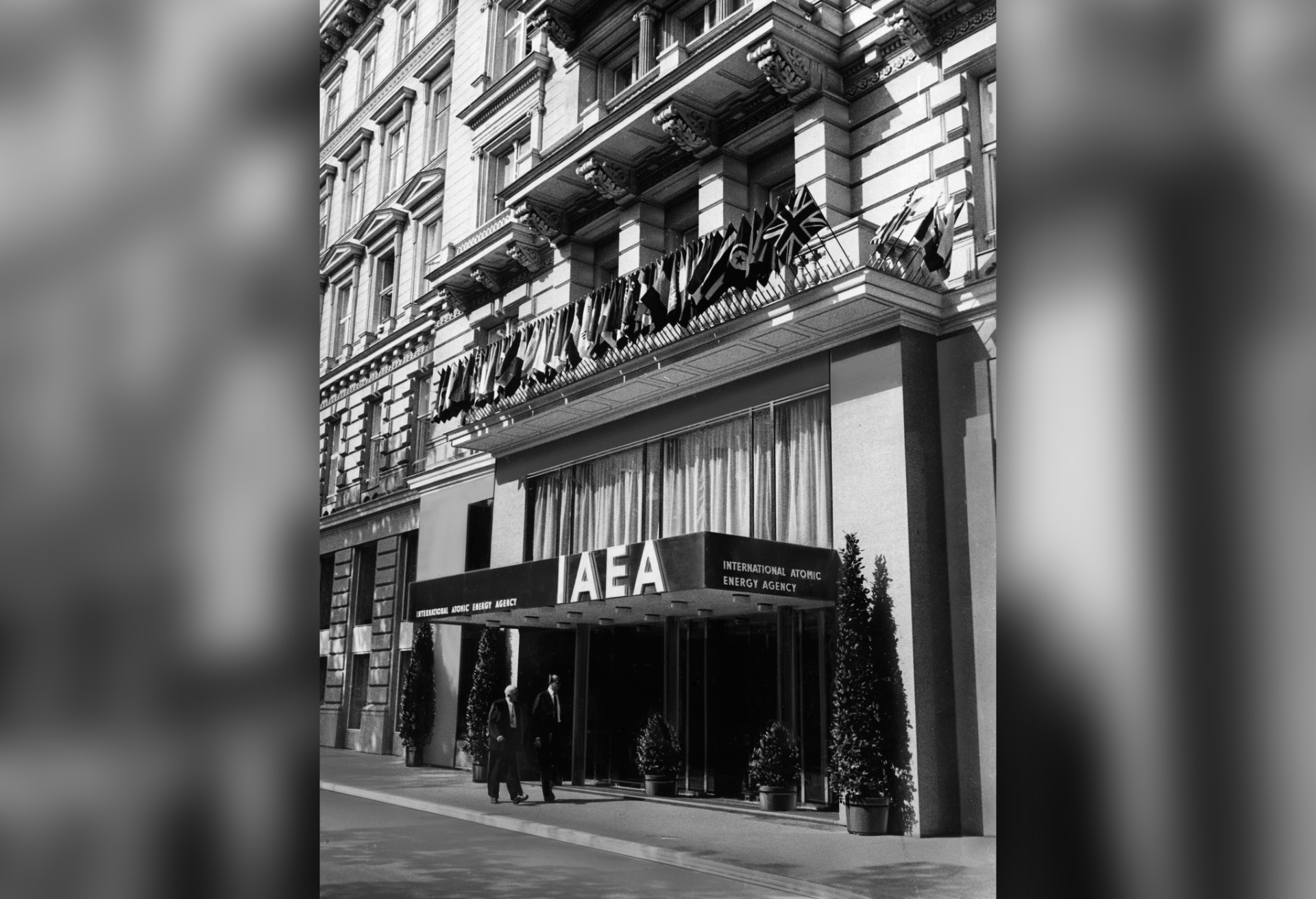
Radiation Protection as a Diplomatic Act
Maria Rentetzi
From the British Roentgen Society and its first recommendations to users of x-ray technologies in 1915 to the establishment of the field of "health physics" at the Met Lab of the University of Chicago during World War II, scientific institutions enforced new attitudes towards acceptable risk, tolerance radiation doses, and radiation safety. It is the period that radiation protection shifted from being a secondary concern of radiologists and radiological physicists to a major task becoming the subject of a new discipline. During the 1920s the term of radiation dose was not yet defined while the emphasis of research had been only on immediate effects of radiation. Prior to the First World War and up to 1941, radiation protection standards referred to radiation sources external to the body and were focused on radium and X-ray sources.
The evolution of radiation standards and protection practice – and legal requirements – was a process often enveloped in disagreement and controversy: powerful institutions were centrally involved in the task of creating these standards. In the aftermath of the bombings of Hiroshima and Nagasaki there was a radical change in the institutionalization and conceptualization of radiation safety. Traditional centers of power such as the Paris and Vienna Radium Institutes, attached to earlier laboratory methods and organization of laboratory work were pushed aside by those involved in international disciplinary organizations such as the International Association of Chemical Societies. At the same time, the broad public concern about the effects of radiation as well as the rapid development and the adoption of new medical technologies such as radioisotope-teletherapy units, and the development of the nuclear power industry posed numerous challenges in the field of radiation protection. The mass quantities and new types of radiation and radioactive materials led to new approaches in the field and created the space for the international regulation of radiation risks. By the end of the 1950s an international regulatory system took eventually shape as a result of the geopolitical division of the Cold War. Regulation became an instrument of social management and a matter of political dispute among UN agencies, established international disciplinary organizations, state and non-state actors, groups of prominent scientists, and uneasy diplomats. This last part of the history of radiation protection exceeds and even goes beyond national borders. Instead, it enters into a broader context of international politics and diplomatic negotiations where centralized global institutions and science diplomats play significant roles.
Link to the paper: https://link.springer.com/article/10.1007/s00048-022-00332-z
Photo credits: https://www.flickr.com/photos/iaea_imagebank/4384437756